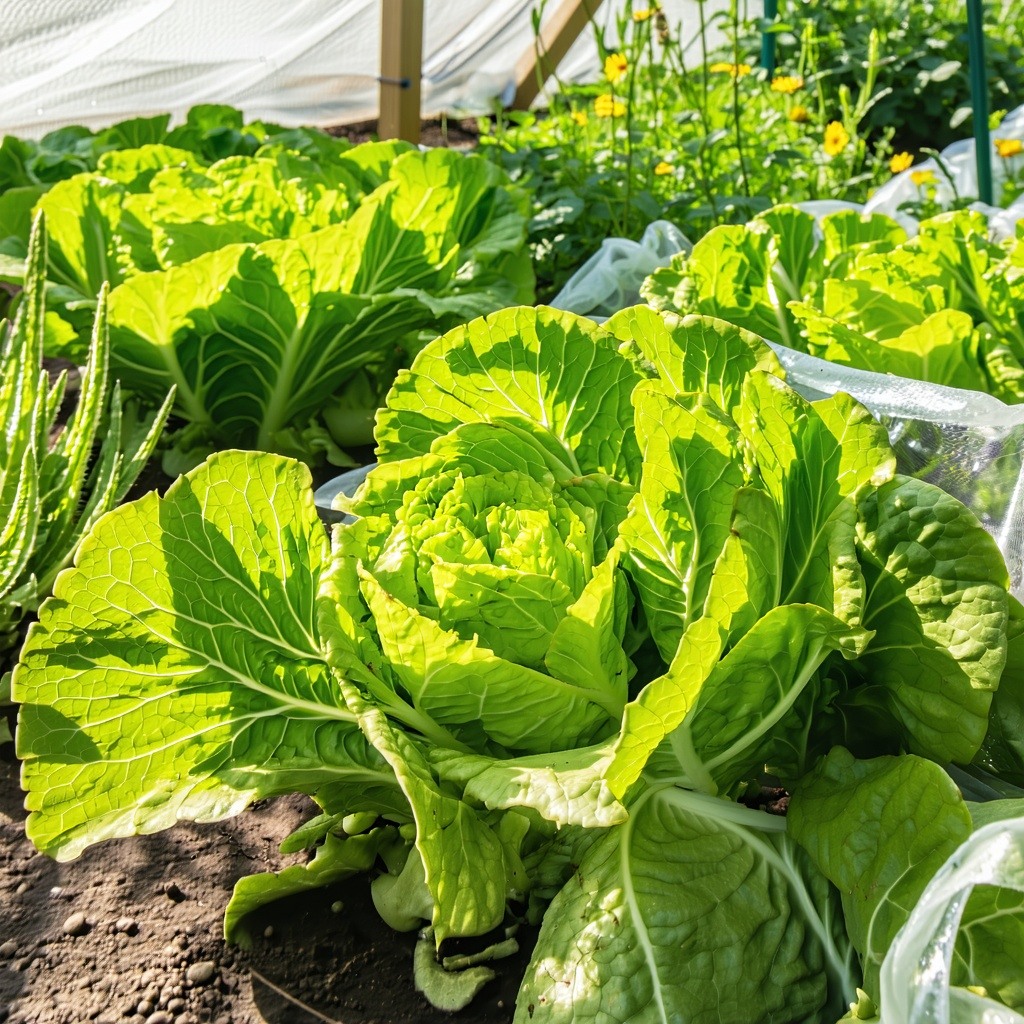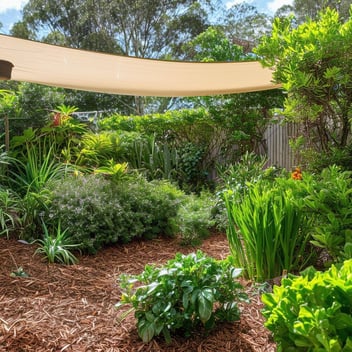Why Your Lettuce Struggles in Summer (And How to Fix It)
-
Introduction
The Summer Lettuce Conundrum
Lettuce, a staple in salads worldwide, thrives in cooler climates. However, as summer's heat intensifies, many gardeners find their lettuce crops faltering. Understanding the challenges posed by high temperatures and implementing strategic solutions can ensure a bountiful harvest even during the hottest months.
-
Understanding Lettuce's Cool-Season Nature
Optimal Growing Conditions
Lettuce flourishes in temperatures ranging between 45°F and 75°F (7°C to 24°C). These cooler conditions promote tender leaves and optimal growth. When temperatures exceed this range, lettuce becomes susceptible to various stressors.
Impact of Heat on Growth Cycle
Elevated temperatures can accelerate lettuce's life cycle, leading to premature flowering, known as bolting. This not only affects the plant's structure but also its flavor and texture.
-
Common Challenges Faced During Summer
Bolting: The Rush to Reproduce
In response to prolonged heat and extended daylight, lettuce plants may bolt, diverting energy to flower and seed production. This results in elongated stems and a decline in leaf quality.
Bitterness: A Byproduct of Stress
Heat stress can cause lettuce leaves to develop a bitter taste, rendering them less palatable. This bitterness is often a precursor to bolting.
Wilting and Sunscald: Physical Manifestations
Intense sunlight and high temperatures can lead to wilting and sunscald, where leaves become bleached and damaged, compromising the plant's health.
-
Strategies to Mitigate Heat Stress
Selecting Heat-Tolerant Varieties
Opt for lettuce varieties bred for heat resistance. Cultivars such as 'Jericho', 'Parris Island', and 'Buttercrunch' are known for their ability to withstand higher temperatures.
Optimal Planting Schedules
Sow lettuce seeds during cooler periods, such as early spring or late summer, to avoid peak heat. Succession planting every two to three weeks ensures a continuous harvest.
Providing Shade and Microclimates
Utilize shade cloths or plant lettuce alongside taller crops to offer respite from the midday sun. Creating microclimates can significantly reduce ambient temperature stress.
Mulching for Soil Temperature Control
Apply organic mulches like straw or shredded leaves around lettuce bases. This practice helps maintain soil moisture and moderates temperature fluctuations.
-
Watering Techniques for Hot Weather
Consistent Moisture Maintenance
Lettuce's shallow roots necessitate regular watering. Aim for consistent soil moisture without waterlogging to prevent stress.
Timing and Methods
Watering early in the morning reduces evaporation and prepares plants for the day's heat. Drip irrigation systems can deliver water directly to the roots, enhancing efficiency.
-
Recognizing and Managing Bolting
Early Signs and Intervention
Monitor plants for vertical stem growth and a change in leaf taste. Upon detecting these signs, increase shading and ensure consistent watering to delay further bolting.
Utilizing Bolted Lettuce
While bolted lettuce becomes bitter, the flowers can attract pollinators. Additionally, seeds can be harvested for future planting.
-
Alternative Greens for Summer Harvests
Heat-Resilient Leafy Options
Consider cultivating greens like Swiss chard, Malabar spinach, or New Zealand spinach, which tolerate heat better than traditional lettuce.
Incorporating Diversity in Salads
Mixing various greens can enhance salad flavors and textures, providing a refreshing alternative during hotter months.
-
Conclusion
While summer poses challenges for lettuce cultivation, understanding the plant's needs and implementing proactive strategies can lead to successful harvests. By selecting appropriate varieties, optimizing planting times, and employing protective measures, gardeners can enjoy crisp, flavorful lettuce throughout the season.




